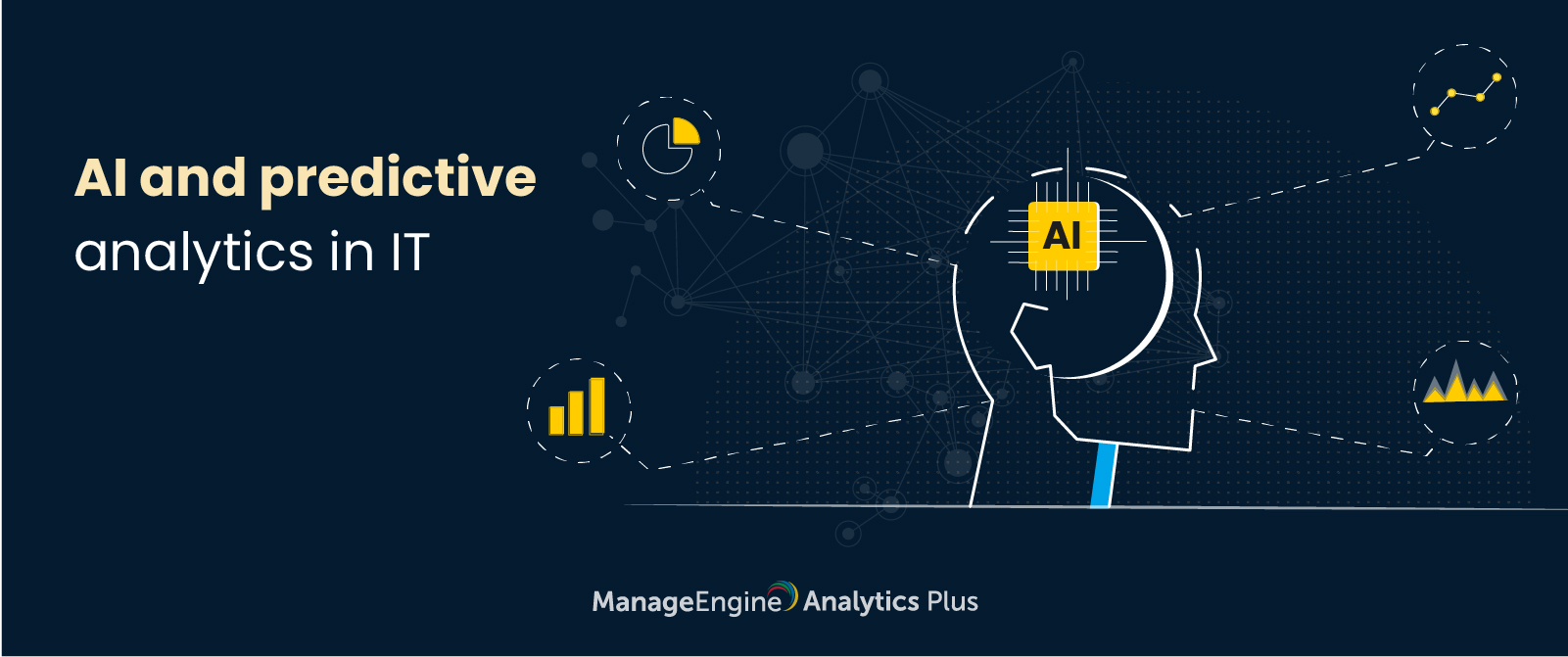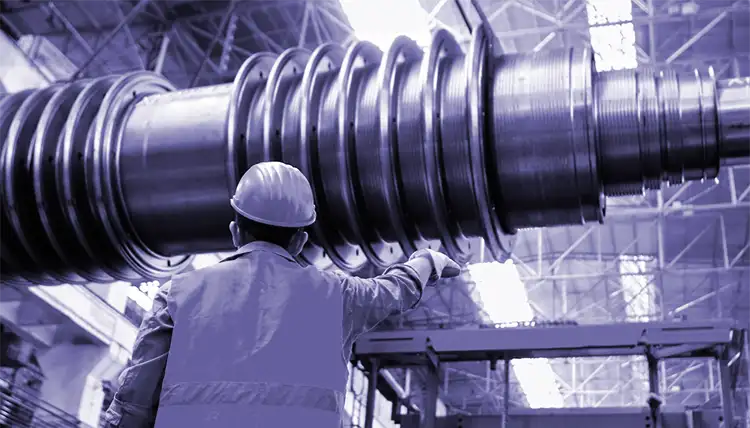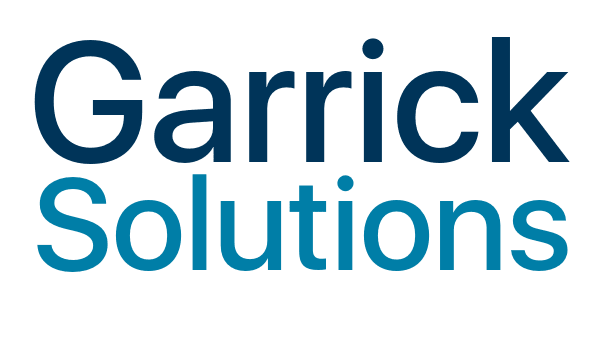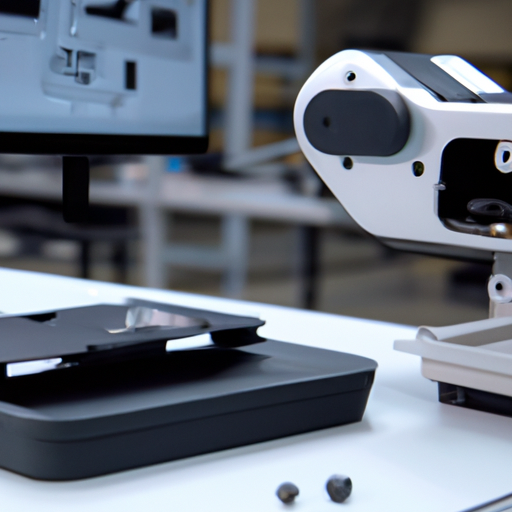

Leveraging AI for predictive maintenance and cost reduction has become a game-changer in various industries. As technology continues to advance at a rapid pace, businesses are finding innovative ways to optimize their operations and minimize expenses. With the power of artificial intelligence (AI), companies can now predict when equipment or machinery is likely to fail and proactively address maintenance needs, ultimately saving time, money, and resources.
AI-enabled predictive maintenance utilizes machine learning algorithms to analyze vast amounts of data collected from sensors and other sources. By identifying patterns and anomalies, AI algorithms can predict when a piece of equipment is likely to malfunction or require maintenance. This proactive approach allows businesses to schedule maintenance activities at the optimal time, avoiding costly breakdowns and unplanned downtime. Moreover, AI can help optimize maintenance schedules, ensuring that resources are allocated efficiently and unnecessary maintenance tasks are avoided. By leveraging AI for predictive maintenance, companies can reduce operational costs, extend the lifespan of their equipment, and improve overall productivity.
AI technology has revolutionized the field of predictive maintenance, enabling businesses to optimize their maintenance strategies and significantly reduce costs. By leveraging AI algorithms, companies can analyze vast amounts of data from machinery and equipment to detect potential failures or malfunctions before they occur. This proactive approach helps prevent costly breakdowns and unplanned downtime, leading to increased operational efficiency and cost savings. With AI-driven predictive maintenance, businesses can prioritize maintenance tasks, improve equipment reliability, and ultimately achieve substantial cost reduction. Embracing AI for predictive maintenance is a game-changer in today’s competitive landscape.

Leveraging AI for Predictive Maintenance and Cost Reduction
Artificial Intelligence (AI) has become a powerful tool in various industries, revolutionizing the way businesses operate. One area where AI is making a significant impact is in predictive maintenance and cost reduction. By harnessing the capabilities of AI, businesses can proactively identify potential equipment failures, optimize maintenance schedules, and ultimately reduce costs. In this article, we will explore how AI is being leveraged for predictive maintenance and cost reduction, highlighting its benefits and providing practical tips for implementation.
The Role of AI in Predictive Maintenance
AI plays a crucial role in predictive maintenance by analyzing large volumes of data collected from sensors and other sources to detect patterns and anomalies. By continuously monitoring equipment performance and identifying early warning signs of potential failures, AI algorithms can predict when maintenance is required. This proactive approach helps businesses avoid costly unplanned downtime and enables them to plan maintenance activities more efficiently.
One of the key advantages of AI in predictive maintenance is its ability to analyze data in real-time. Traditional maintenance approaches often rely on manual inspections or predefined schedules, which may not capture subtle changes or unexpected failures. AI, on the other hand, can constantly analyze data streams and provide timely alerts when deviations from normal behavior are detected. This allows maintenance teams to address issues before they escalate, minimizing the impact on operations and reducing repair costs.
The Benefits of Leveraging AI for Predictive Maintenance
Implementing AI-powered predictive maintenance strategies brings several benefits to businesses, including:
1. Increased Equipment Reliability: By identifying potential failures before they occur, businesses can increase the reliability of their equipment. This leads to improved operational efficiency and customer satisfaction.
2. Cost Reduction: AI-driven predictive maintenance helps businesses reduce costs associated with unplanned downtime, emergency repairs, and unnecessary maintenance activities. By optimizing maintenance schedules, businesses can also minimize the use of spare parts and extend the lifespan of equipment.
3. Improved Safety: Proactively addressing maintenance issues through AI enables businesses to ensure the safety of their employees and customers. By preventing equipment failures, businesses can avoid accidents and hazardous situations.
4. Data-Driven Decision Making: AI algorithms generate valuable insights by analyzing vast amounts of data. This data can be used to make informed decisions regarding equipment replacement, process optimization, and resource allocation.
Implementing AI for Predictive Maintenance: Tips and Best Practices
While the benefits of leveraging AI for predictive maintenance are clear, implementing such systems requires careful planning and execution. Here are some tips and best practices to consider:

1. Define Clear Objectives: Clearly define the goals and objectives of your predictive maintenance program. Identify key performance indicators (KPIs) that will help measure the success of the implementation.
2. Data Collection and Integration: Ensure that you have the necessary infrastructure in place to collect and integrate data from various sources, such as sensors, maintenance logs, and historical records. High-quality and reliable data is crucial for accurate predictive analysis.
3. Choose the Right AI Algorithms: Select AI algorithms that are well-suited for your specific predictive maintenance needs. Consider factors such as data complexity, computational requirements, and interpretability of results.

4. Collaborate with Maintenance Teams: Involve maintenance teams in the design and implementation of the AI-powered system. Their expertise and insights can help fine-tune the algorithms and ensure that the system aligns with operational requirements.
5. Continuous Monitoring and Improvement: AI models for predictive maintenance should be continuously monitored and updated. Regularly review the performance of the algorithms and refine them based on feedback from maintenance teams and system users.
By leveraging AI for predictive maintenance, businesses can unlock numerous benefits, including increased equipment reliability, cost reduction, improved safety, and data-driven decision making. With careful planning and implementation, businesses can optimize their maintenance strategies and stay one step ahead of potential failures. Embracing AI in the realm of predictive maintenance is an investment that pays off in the long run, ensuring smooth operations and significant cost savings.
Key Takeaways
- AI can analyze data and patterns to predict maintenance needs, helping companies save costs.
- By using AI for predictive maintenance, businesses can avoid unexpected equipment failures and minimize downtime.
- Implementing AI-driven predictive maintenance can lead to significant cost reductions by optimizing maintenance schedules and avoiding unnecessary repairs.
- AI algorithms can identify early signs of equipment failure, allowing for proactive maintenance and preventing costly breakdowns.
- Leveraging AI for predictive maintenance enables companies to shift from reactive to proactive maintenance strategies, resulting in improved efficiency and productivity.
Frequently Asked Questions
How does AI help in predictive maintenance?
AI plays a crucial role in predictive maintenance by analyzing vast amounts of data to identify patterns and anomalies that can indicate potential issues with machinery or equipment. Through machine learning algorithms, AI systems can detect early warning signs of failure and predict when maintenance is needed. This proactive approach helps prevent unexpected breakdowns, optimize maintenance schedules, and minimize downtime, ultimately leading to cost savings.
By leveraging AI for predictive maintenance, organizations can transition from reactive or scheduled maintenance strategies to a more efficient predictive maintenance model. The AI algorithms continuously learn and adapt from historical data and real-time sensor readings to accurately predict equipment failure. This enables businesses to take timely corrective measures, reduce maintenance costs, and optimize the lifespan of their assets.
Can AI reduce maintenance costs?
Yes, AI can significantly reduce maintenance costs by enabling predictive maintenance. Traditional maintenance practices often involve either reactive repairs after equipment failure or scheduled maintenance regardless of the actual condition of the assets. These approaches can be costly and inefficient. AI, on the other hand, can identify potential issues before they occur, allowing for targeted maintenance interventions.
By implementing AI-driven predictive maintenance, organizations can optimize maintenance schedules based on the real-time health and performance data of their assets. This means that maintenance activities are only performed when necessary, avoiding unnecessary downtime and reducing the overall maintenance costs. AI can also help optimize inventory management by accurately forecasting spare parts and minimizing unnecessary inventory holding, further contributing to cost reduction.

How can AI improve equipment uptime?
AI can significantly improve equipment uptime by detecting early warning signs of failure and enabling proactive maintenance. Traditional maintenance approaches often rely on scheduled downtime or run-to-failure strategies, both of which can result in unexpected breakdowns and prolonged downtime. With AI-powered predictive maintenance, organizations can identify potential issues in real-time and take preventive actions before they escalate.
By continuously monitoring the health and performance of equipment using AI algorithms, businesses can detect anomalies, patterns, and trends that indicate potential failures. This allows for timely maintenance interventions, reducing the risk of unexpected breakdowns and optimizing equipment uptime. By minimizing downtime, organizations can improve productivity, meet customer demands more efficiently, and ultimately achieve higher profitability.
What are the benefits of leveraging AI for cost reduction?
Leveraging AI for cost reduction offers several benefits for businesses. Firstly, AI-driven predictive maintenance can help minimize unplanned downtime, which can be costly in terms of lost production, customer dissatisfaction, and emergency repairs. By accurately predicting equipment failures, organizations can schedule maintenance activities during planned downtimes, resulting in cost savings.
In addition, AI can optimize maintenance schedules based on the real-time health and performance data of assets, reducing the frequency of unnecessary maintenance activities. This not only saves on labor costs but also extends the lifespan of equipment by avoiding unnecessary wear and tear. Furthermore, AI can assist in optimizing inventory management, ensuring the availability of spare parts when needed while minimizing inventory holding costs.
Are there any challenges in implementing AI for predictive maintenance?
Implementing AI for predictive maintenance may come with certain challenges. One challenge is the availability and quality of data. AI algorithms require large amounts of historical and real-time data to accurately predict equipment failures. Ensuring data quality, accessibility, and compatibility across different systems or equipment can be a complex task.
Another challenge is the integration of AI systems with existing infrastructure and maintenance processes. Organizations may need to invest in the necessary hardware, software, and expertise to implement AI successfully. Additionally, change management and employee training are crucial to ensure smooth adoption and utilization of AI-driven predictive maintenance.

Final Thoughts
In a world where technology is constantly evolving, leveraging AI for predictive maintenance and cost reduction is a game-changer. This innovative approach not only allows businesses to prevent equipment failures and minimize downtime but also enables them to optimize their operational costs. By harnessing the power of AI algorithms and machine learning, companies can gain valuable insights into the health and performance of their assets, enabling them to make data-driven decisions and maximize efficiency.
With AI-powered predictive maintenance, businesses can proactively identify and address potential issues before they escalate into costly breakdowns. By analyzing historical data and real-time sensor readings, AI algorithms can detect patterns and anomalies that may indicate equipment malfunctions. This allows maintenance teams to take timely action, scheduling repairs or replacements when necessary, and avoiding unexpected disruptions to operations. By implementing predictive maintenance strategies, companies can significantly reduce maintenance costs and extend the lifespan of their assets.
Moreover, AI-based predictive maintenance also helps optimize the allocation of resources and manpower. By accurately forecasting maintenance needs, businesses can streamline their operations, ensuring that maintenance activities are carried out efficiently and effectively. This not only saves time and effort but also minimizes unnecessary expenses. By embracing AI for predictive maintenance and cost reduction, businesses can stay ahead of the curve, enhance their competitiveness, and pave the way for a more sustainable future.
In conclusion, the integration of AI into the realm of predictive maintenance offers immense benefits for businesses seeking to optimize their operations and reduce costs. By leveraging AI algorithms and machine learning, companies can proactively identify and address equipment issues, minimize downtime, and allocate resources more efficiently. Embracing this cutting-edge technology is not only a smart move but also a strategic one, as it enables businesses to stay ahead in the fast-paced world of industry and maintain a competitive edge. So, why wait? Embrace the power of AI for predictive maintenance and unlock a world of possibilities for your business.


